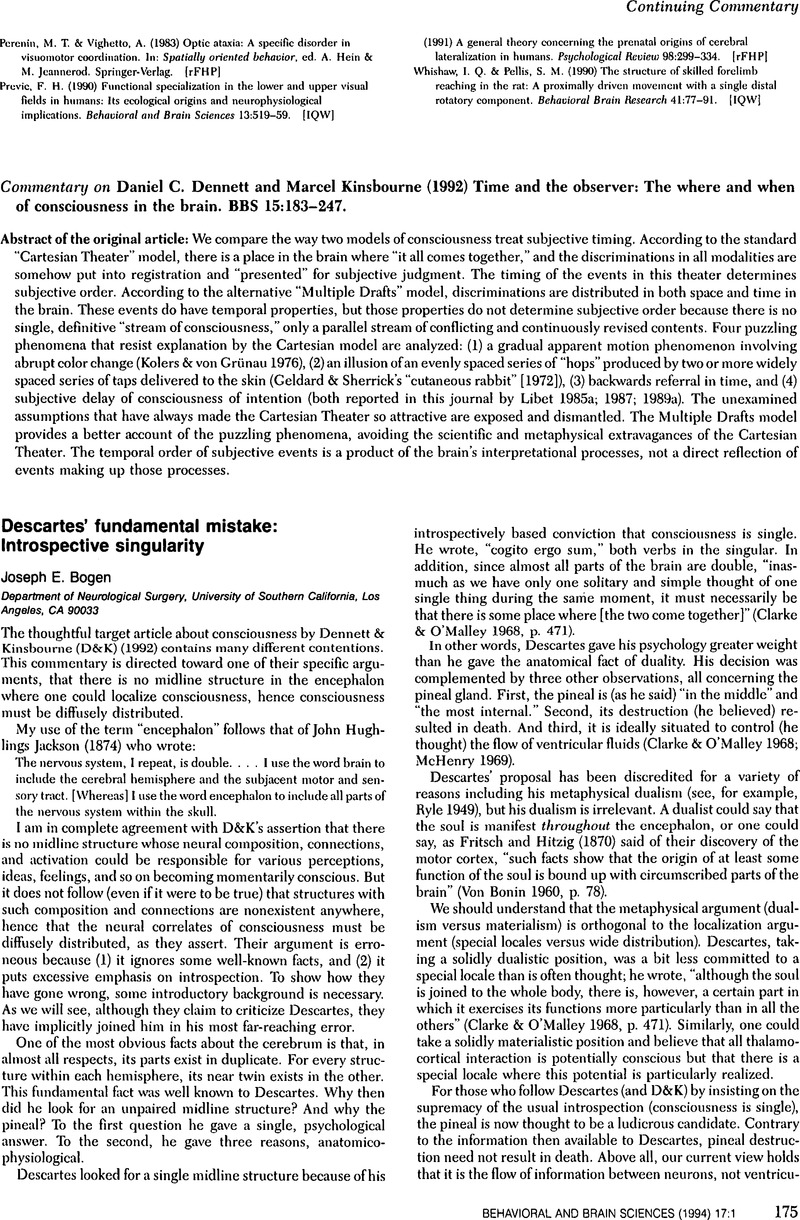Crossref Citations
This article has been cited by the following publications. This list is generated based on data provided by Crossref.
Revonsuo, Antti
1995.
Consciousness, dreams and virtual realities.
Philosophical Psychology,
Vol. 8,
Issue. 1,
p.
35.
Revonsuo, Antti
2000.
Consciousness as a Research Problem in Cognitive Neuroscience.
Nordisk Psykologi,
Vol. 52,
Issue. 4,
p.
263.
Kallio, Sakari
and
Revonsuo, Antti
2003.
Hypnotic phenomena and altered states of consciousness: a multilevel framework of description and explanation.
Contemporary Hypnosis,
Vol. 20,
Issue. 3,
p.
111.



